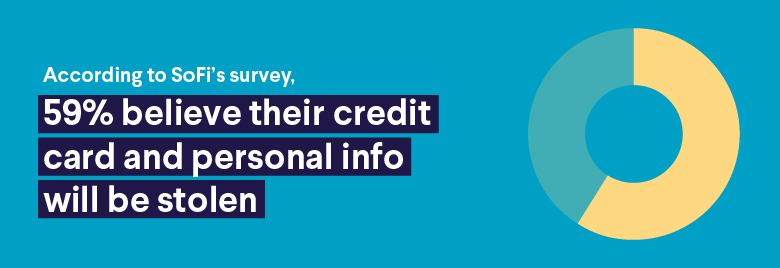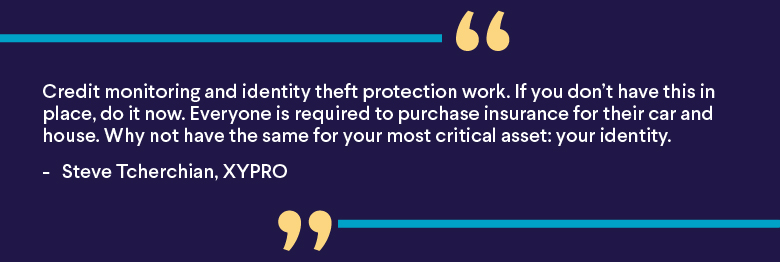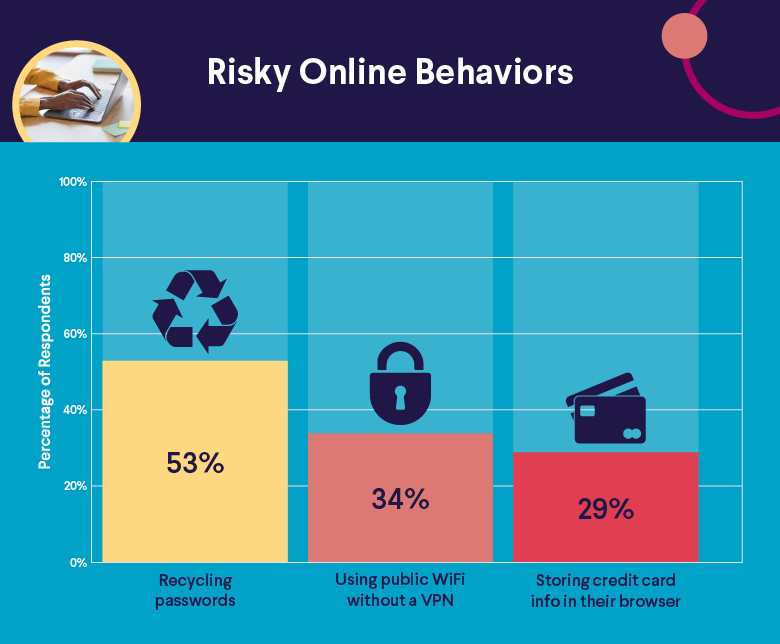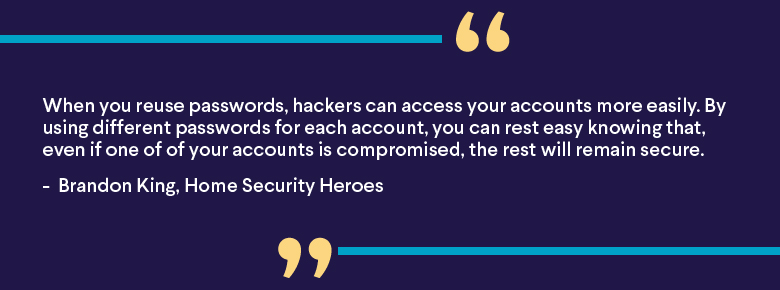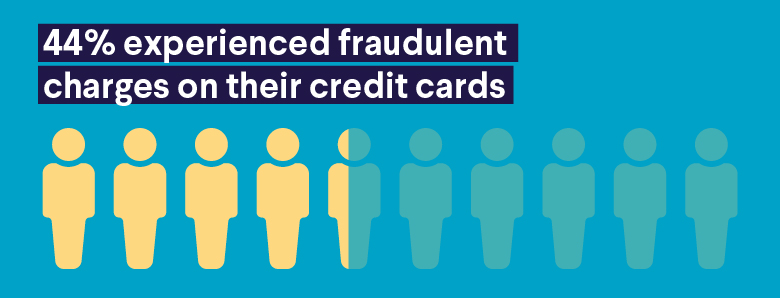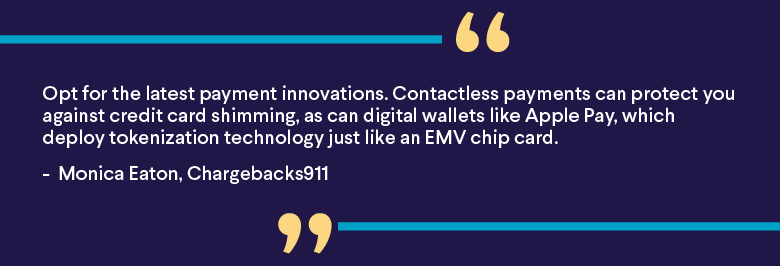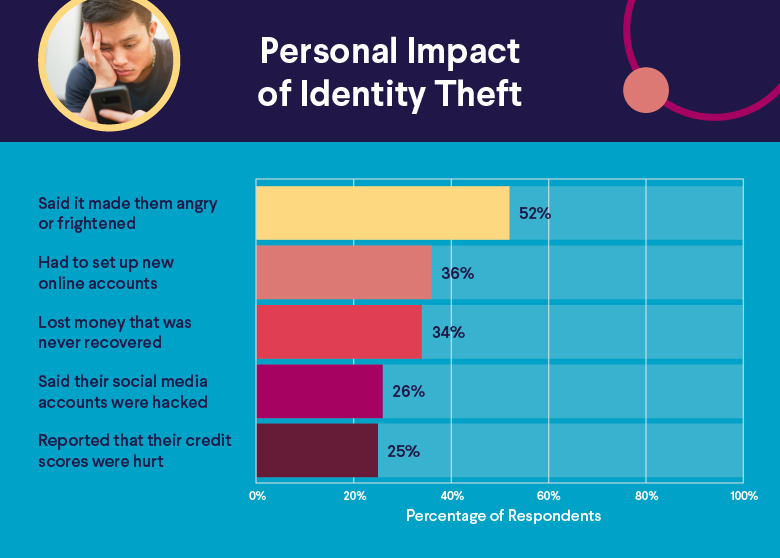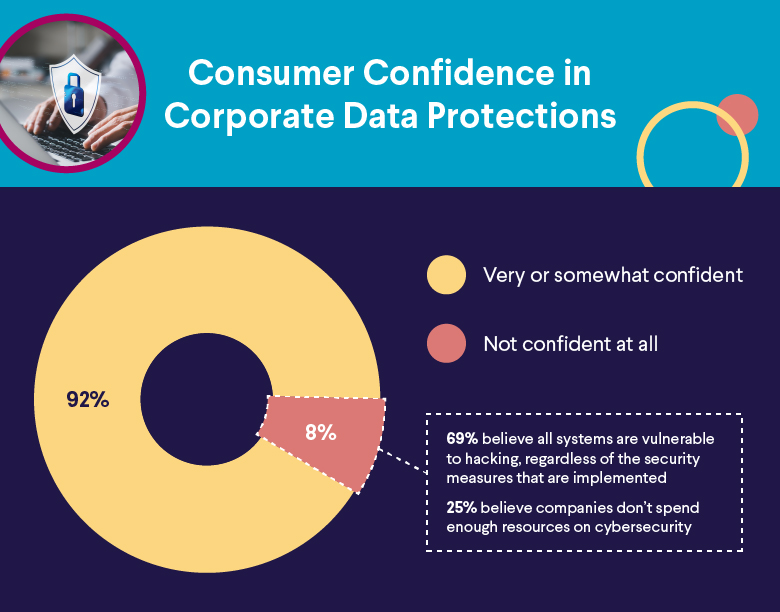How Many Times Can You Use a VA Home Loan?
If you’re a qualifying veteran, active military service member, or surviving spouse, a VA loan can be an incredible boon on your homeownership journey: It unlocks the opportunity to buy a house with zero down payment required, limited closing costs, competitively low interest rates, and no private mortgage insurance (PMI). What’s more, those who are eligible can take advantage of this benefit as many times as they like. There’s no limit to how many times you can use a VA home loan.
Here’s a closer look at this special and valuable option available to U.S. veterans and their families.
What Is a VA Loan?
Before we dive into how many times can you use a VA loan, let’s start with defining what a VA loan is in the first place.
VA loans are a type of mortgage that are offered by private banks, but backed by the U.S. Department of Veterans Affairs (VA). Because this type of loan is less risky for lenders, banks are able to offer much more favorable terms, including the ability to buy a home without making a down payment.
That means VA loans lower the barrier to entry for all buyers, but especially for first-time homebuyers, who usually find that saving up enough money for a down payment is one of the biggest challenges when it comes to breaking into property ownership. Even better, the cost of your mortgage won’t be inflated by PMI, which most lenders and mortgage programs require whenever a buyer puts less than 20% down. (You will most likely pay a one-time funding fee; more on that later.) There are other special advantages of a VA loan, so if you are considering one, take the time to learn all the ins and outs of how a VA loan works.
First-time homebuyers can
prequalify for a SoFi mortgage loan,
with as little as 3% down.
Recommended: The Cost of Living by State
How Many Times Can You Take Out a VA Loan?
It almost sounds too good to be true, but it’s not: You can take out a VA loan as many times as you like — as long as you’re eligible for one and you still have remaining entitlement, which we’ll get to in a moment.
In order to apply for a VA loan, you’ll need to first acquire a Certificate of Eligibility, or COE, from the VA. Specific requirements vary depending on which branch of the military you served in, when you served, and a few other factors. (Full details are available directly from the VA.)
How Many VA Loans Can You Have?
There’s no specific limit on how many VA loans you can take out. Some veterans have taken out two, three, or even eight or more! These are typically sequential loans. You wouldn’t be able to use a VA loan to purchase a second home or vacation home, as VA loans are for primary residences (the one exception to this rule is active-duty members who have received a permanent change of service, or PCS, which we will discuss below).
There is one important factor that can, in some instances, limit an eligible veteran or service member’s ability to take out a new VA loan: entitlement.
💡 Quick Tip: To see a house in person, particularly in a tight or expensive market, you may need to show the real estate agent proof that you’re preapproved for a mortgage. SoFi’s online application makes the process simple.
What Is a VA Loan Entitlement?
As noted above, VA home mortgage loans are backed by the VA. Essentially, the VA promises to pay the bank a certain dollar amount if the borrower — that’s you, the veteran — defaults on the mortgage. That dollar amount is known as your entitlement.
The entitlement is the amount the VA guarantees your lender they’ll receive if you stop paying your loan. Basic entitlement is $36,000, but these days, that’s a very small fraction of most home loans — which is why the VA also offers bonus entitlement, which guarantees the lender the VA will repay 25% of a loan amount over $144,000 if you default.
Full Entitlement
If this is your first time using a VA loan, or if you paid off a previous VA loan in full and then sold the house, you have full entitlement — though the total amount of money you can borrow will still be limited by factors that typically determine whether you will qualify for a mortgage, such as your credit history, income, and assets.
Reduced Entitlement
If you already have an active VA loan, paid off a VA loan for a home you still own, refinanced the VA loan you took out on a home you still own, or had a foreclosure and didn’t pay back the VA in full, you may have reduced entitlement.
Reduced entitlement limits the amount the VA will guarantee to your lender in the event that you default. The limit is the conforming loan limit in your area, minus whatever amount of entitlement you’ve already used. If you have reduced entitlement, you may be required to make a down payment.
Calculators are available online to help you determine how much entitlement you have left, but essentially, the equation is this: your maximum entitlement (one quarter of your county’s conforming loan limit) minus the entitlement you’ve used (one quarter of the VA loan you’ve already taken out) equals your remaining entitlement. Here’s the formula:
Conforming loan limit ÷ 4 = maximum entitlement
Existing loan amount ÷ 4 = entitlement you’ve used
Maximum entitlement – entitlement you’ve used = remaining entitlement
Recommended: How Government-Backed Mortgages Work
When You Might Have More Than One VA Loan at a Time
All of this begs the question: Why would you have more than one loan at a time, anyway? One home, one loan, right?
Well, if you’re an active-duty military member, you might receive permanent change of service (PCS) orders, which would require you to move to a new duty station — and therefore find new housing. Under those circumstances, you might have two active VA loans at one time.
Pros and Cons of Taking Out a Second VA Loan
If you’re taking out a second VA loan to fund a home purchase, there are both drawbacks and benefits to consider.
Pros:
• If your remaining entitlement is high enough, you may still be able to avoid making a down payment
• You will still benefit from other VA benefits, including competitive low interest rates and easier qualification standards
Cons:
• If you don’t have enough remaining entitlement, you may still be required to put a down payment on the home — though possibly less of one than you would have otherwise
How to Take Out a Second VA Loan
To take out a second VA loan, you must get approved for the loan by a qualified VA lender. The first step is to determine how much remaining entitlement you have, as this will illuminate how much house you can afford to purchase — and how large of a down payment you’ll be required to make, if any. (Remember, your new home loan must be for a primary residence, so you can’t take out a second VA loan to fund a vacation home or investment property.)
💡 Quick Tip: Backed by the Federal Housing Administration (FHA), FHA loans provide those with a fair credit score the opportunity to buy a home. They’re a great option for first-time homebuyers.
Tips on Taking Out a Second VA Loan
Your lender will give you step-by-step instructions on how to apply for a second VA loan, including which documents and identification you’ll need to supply to prove your income, credit history, and more. Keep in mind that your remaining entitlement will determine how much money you’ll need to put down at closing. If you explore the second VA loan and aren’t sure it is right for your situation, consult a home loan help center to learn about more options.
The Takeaway
How many times can you use a VA home loan? While there’s no limit to how many VA loans you can take out in one lifetime, entitlement does limit how much the VA backs those loans for lenders involved — and could limit your ability to qualify for a no-down-payment VA loan.
SoFi offers VA loans with competitive interest rates, no private mortgage insurance, and down payments as low as 0%. Eligible service members, veterans, and survivors may use the benefit multiple times.
Our Mortgage Loan Officers are ready to guide you through the process step by step.
FAQ
Is there a limit on how many times you can use a VA loan?
No — you can use your VA loan benefit as many times as you would like in your lifetime. However, your entitlement, or the amount of money that the VA pledges to back the loan for the lender, can be reduced if you’ve already taken out a VA loan.
Can a VA loan be used multiple times?
Yes — you can use your VA loan benefit multiple times. Your amount of entitlement can change the qualification process, however. If you have reduced entitlement, you may be required to make a down payment on the new loan.
How soon after using a VA loan can you use it again?
While there’s no specific time limit, VA loans can only be used for primary residences, and your entitlement will likely be reduced if you’re still living in the home you purchased with your original VA loan.
Photo credit: iStock/LumiNola
SoFi Mortgages
Terms, conditions, and state restrictions apply. Not all products are available in all states. See SoFi.com/eligibility for more information.
SoFi Loan Products
SoFi loans are originated by SoFi Bank, N.A., NMLS #696891 (Member FDIC). For additional product-specific legal and licensing information, see SoFi.com/legal. Equal Housing Lender.
†Veterans, Service members, and members of the National Guard or Reserve may be eligible for a loan guaranteed by the U.S. Department of Veterans Affairs. VA loans are subject to unique terms and conditions established by VA and SoFi. Ask your SoFi loan officer for details about eligibility, documentation, and other requirements. VA loans typically require a one-time funding fee except as may be exempted by VA guidelines. The fee may be financed or paid at closing. The amount of the fee depends on the type of loan, the total amount of the loan, and, depending on loan type, prior use of VA eligibility and down payment amount. The VA funding fee is typically non-refundable. SoFi is not affiliated with any government agency.
Financial Tips & Strategies: The tips provided on this website are of a general nature and do not take into account your specific objectives, financial situation, and needs. You should always consider their appropriateness given your own circumstances.
SOHL0623006
Read more




